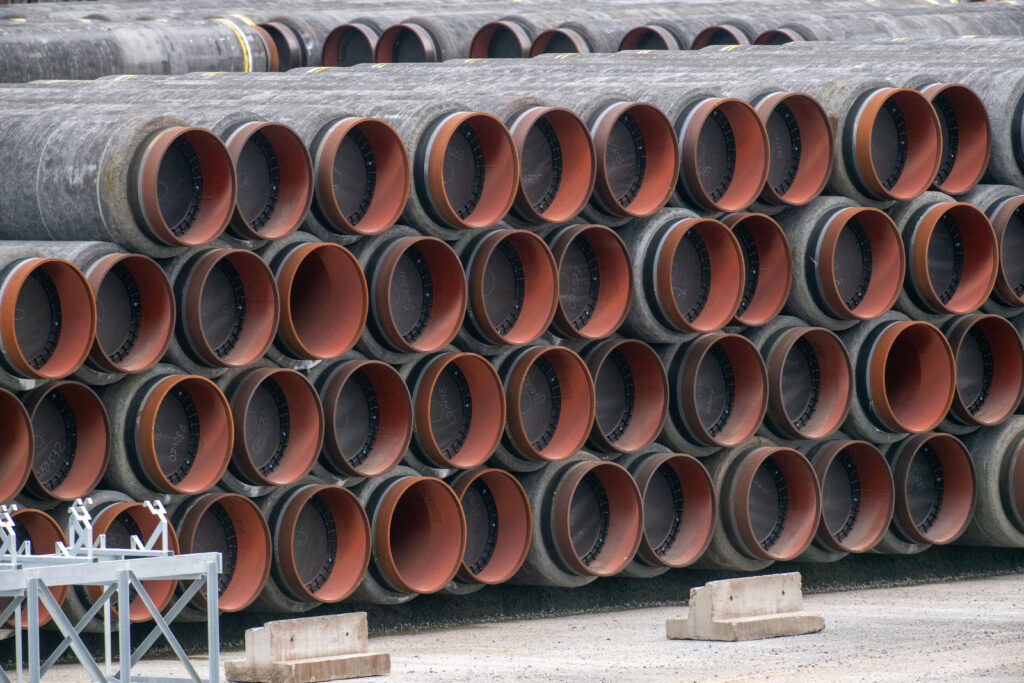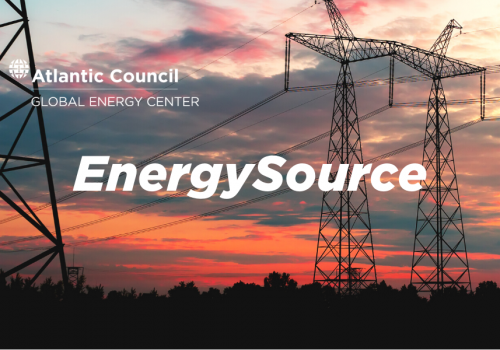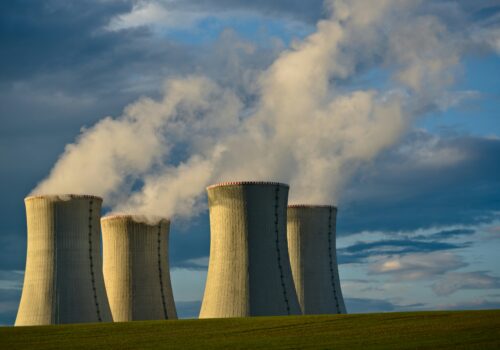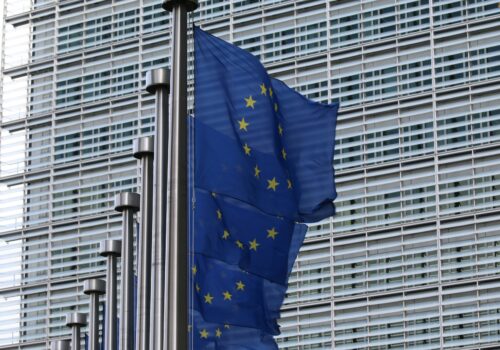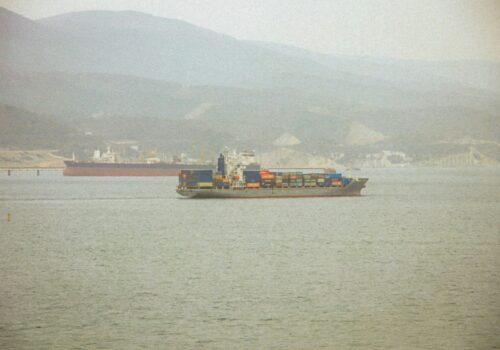A reset between Washington and Moscow could revive an albatross to European unity. As President Donald Trump tries to secure peace in Ukraine, reports have emerged that negotiations are taking place to open the Nord Stream 2 pipeline with the backing of US investors. The subsea pipeline was suspended by the German government on the eve of Russia’s full-scale invasion of Ukraine before it had delivered a single molecule of gas.
It’s an open question whether the United States, whose natural gas producers now rely on European liquefied natural gas (LNG) sales to boost profits and support investments, would ultimately cede that market—and the political influence that comes with it—to Russian pipeline exports. Perhaps Washington will concede its newfound dominance in Europe’s energy system as a cost of attaining peace in Ukraine—and extricating itself from the continent to focus on the Indo-Pacific theater.
But for Europe, allowing Russia back into its gas market through Nord Stream would be a costly mistake. It would furnish the Russian war machine with an additional $5 billion, open the temptation for German manufacturers to extract a 1.5 percent competitive advantage over other Europeans, and leave 100 million Europeans in geopolitical limbo.
STAY CONNECTED
Sign up for PowerPlay, the Atlantic Council’s bimonthly newsletter keeping you up to date on all facets of the energy transition.
No reason for Nord Stream nostalgia
There is an obvious temptation for Europe to try to return to the seemingly halcyon world before COVID-19 and war in Ukraine. Elevated gas prices have threatened the continent’s long-term industrial competitiveness. In 2023—after the price spikes of 2022 subsided—industrial gas prices remained a whopping four-and-a-half times higher than in the United States. The European average in 2019, by contrast, was a modest 70 percent higher than US prices.
But Europeans should not view the pre-war status quo through rose-colored glasses. Europe was vulnerable to supply shutoffs, such as happened during Russo-Ukrainian disputes in 2006 and 2009. And supposedly cheap Russian gas proved to be very expensive in the end—mitigating the energy crisis cost Europe a historic price of nearly €700 billion just by mid 2023, on top of nearly €250 million in aid to Ukraine by 2025. All in all, the cost of dependence amounted to more than €1 trillion.
Europe can neither forget the lessons learned from Russia’s weaponization of gas supply in the lead up to and during the war; nor can it ignore the new geopolitical realities that define its relationship with Russia.
Paying off the arsonist
First, if Europe were to restore Russian pipeline imports, that would greatly increase cash flow to Gazprom. Currently, Russia is selling gas mostly to China, supplying the country with 30 billion cubic meters (bcm) of gas in 2024 and aiming to hit 38 bcm in 2025 with the opening of a new eastern pipeline. But those volumes pale in comparison to the record 179 bcm shipped by pipeline to Europe in 2019. Even the amount of gas exported via the now-destroyed Nord Stream 1 alone—which had the same nameplate capacity as its successor—totaled 58.5 bcm in 2019, far more than total Russian pipeline and LNG shipments to China in 2024.
Chinese buyers can’t make up for the loss of European markets. There exists no infrastructure to bring the gas from Russia’s massive European fields to Asian consumers. China has slow walked completion of the 50 bcm Power of Siberia 2 pipeline and appears to be hesitant about becoming too reliant on Russian gas. Losing the European market has severely hurt Gazprom, which posted a net loss of $12.9 billion in 2024—after seeing record profits of $29 billion in 2021.
This has profound implications for Russia’s ability to wage war in Ukraine—and elsewhere. If Gazprom were to attain an additional $15 billion from Nord Stream 2 sales—based on a pre-war estimate of the pipeline’s potential revenue generation—and another $15 billion from restarting the damaged Nord Stream 1 pipeline, one might assume that half would go to Russia’s state budget. Of that $15 billion, one third would go to the military, based on the proportion of Russia’s 2025 budget dedicated to defense. This would mean $5 billion more to Russia’s military, a 4 percent increase in the Russian war chest.
Distorting European competition
Moreover, making Germany the primary entry point for Russian gas into Europe would provide German industry with a temptation to take advantage over its neighbors, as was the case in the early 2000s, constantly threatening European unity at a trying time. A primary reason why other Western European countries had opposed Nord Stream 2 even before the war was fear that Germany monopolizing Russian gas flows would give it a competitive advantage over manufacturers in Italy and France.
Indeed, a 2012 investigation by the European Commission into Gazprom found that Russian gas was cheaper for Germany than it was for the average European country by at least 15 percent. Data released by Russian news agency Interfax in 2010 revealed that Gazprom was charging France 10 percent and Italy 25 percent more than Germany for gas. Further, the Commission found in 2018 that Gazprom had violated European Union (EU) antitrust rules to divide national markets, potentially allowing it to overcharge five Central European member states—countries which paid even more than France and Italy.
For the most energy-intensive sectors in Europe, energy can account for over 10 percent of manufacturing costs—so if German industry gets a 15 percent discount, the country gains up to 1.5 percent advantage in profitability over the European average.
A dagger at the heart of European unity
Last but not least, Nord Stream 2 would deliver Russian gas in a route that bypasses most of the Central European transit states, allowing Russia to leverage energy supplies to these countries separately from Western Europe and leaving 100 million Europeans in geopolitical limbo.
Whereas Moscow’s disputes with Kyiv in the 2000s over gas supply meant that cutting off Ukraine would cut off the rest of Europe, Nord Stream 2’s reopening would allow Russia to more effectively divide and conquer the continent. In a new era of full-scale war to readjudicate the political borders of Europe, this would leave substantial portions of the EUand NATO at the mercy of the Kremlin’s imperial whims.
Three numbers that should frighten Europe
Ultimately, regardless of how Washington decides to proceed on Nord Stream 2, Europe must take responsibility for its own decisions on whether to buy gas from the pipeline or not. In weighing that choice, it must remember three key numbers: $5 billion in additional money for the Russian military; 1.5 percent of additional profitability for German industry over its EU neighbors; and 100 million Europeans left vulnerable to renewed Russian aggression.
Michał Kurtyka is a distinguished fellow with the Atlantic Council Global Energy Center and was formerly Poland’s minister of energy, climate, and environment.
RELATED CONTENT
OUR WORK
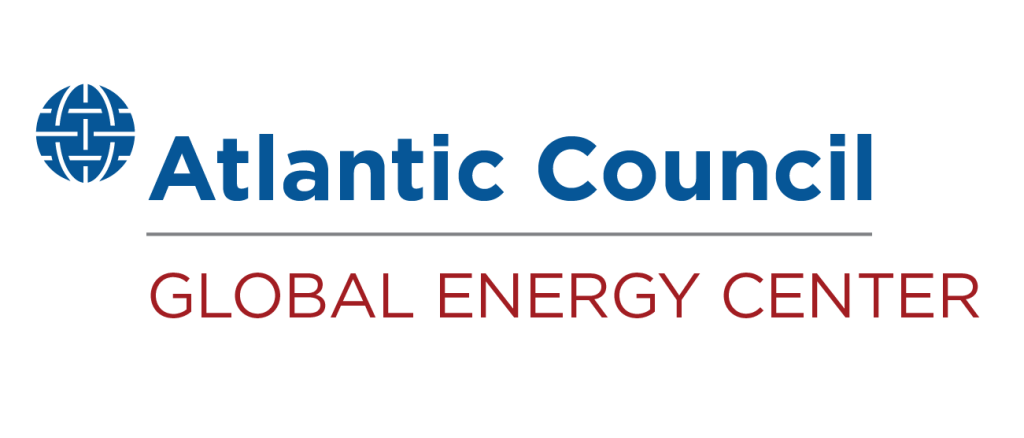
The Global Energy Center develops and promotes pragmatic and nonpartisan policy solutions designed to advance global energy security, enhance economic opportunity, and accelerate pathways to net-zero emissions.
Image: Unused pipes for the Nord Stream 2 Baltic Sea gas pipeline from Russia to Germany lie on the site of the port in the municipality of Sassnitz.
